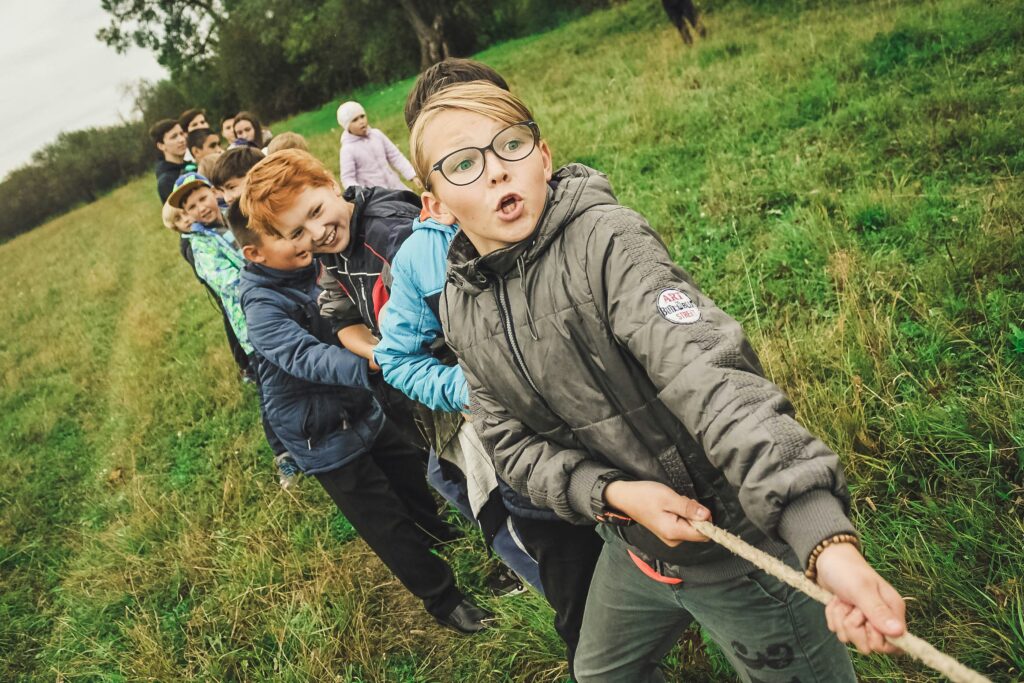
Lately, I’ve been sharing quite a bit about navigating interpersonal relationships by fostering empathy, collaboration, and personal growth. Our communication patterns — whether through questioning, generational differences, leading like we mean it, or offering generous assumptions — shape the dynamics of our relationships. And this applies to both family settings and professional environments.
Today, I’d like to explore the transformative power of collaboration and how shifting from directives to shared goals can strengthen both personal and professional bonds.
Effective communication is not just about expressing needs; it’s also about fostering collaboration and shared ownership in relationships.
And there’s a subtle but powerful shift that happens when we move from telling people what we need them to do, to asking how they can help us achieve a shared goal. Whether in parenting, work, or personal relationships, this shift empowers the other person and fosters collaboration. Even better: it creates an environment where everyone feels valued and engaged.
For example, instead of saying to your parents, “I need you to stop being so defensive when we talk,” try sharing your goal: “I want to create an environment where we can both feel heard and respected. How do you think we can get there together?” This approach shifts the conversation from directives — where one person holds all the power — to a collaborative problem-solving dynamic.
In leadership, this is particularly impactful. A CEO who says, “Here’s what I want you to do,” misses out on the wealth of knowledge their team brings to the table. But a CEO who asks, “What can you do to help us achieve this goal?” invites their team to contribute their expertise and ideas. It’s the difference between managing people like tools in a toolbox and engaging them as partners in success.
Asking for collaboration empowers others to take ownership of the outcome. It’s no longer about winning or losing or being right or wrong — it’s about achieving something meaningful together. When we involve others in the process of reaching a goal, we strengthen our relationships and build mutual respect.
In both your personal and professional life, I’d like to challenge you to try reframing your requests into collaborative conversations. Instead of “Here’s what I need you to do,” ask, “How can we work together to achieve this?” You might be surprised at the solutions you find together.
Stay tuned for my next post where we’ll delve into the importance of embracing vulnerability as a key element in forming authentic connections. See you next week!
Photo by Anna Samoylova on Unsplash
